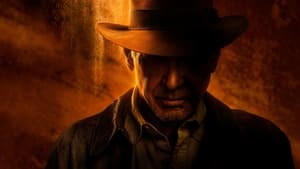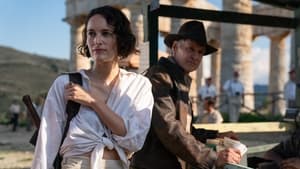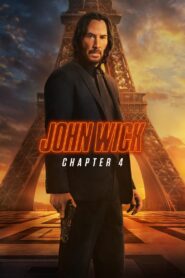
Video Sources 427 Views Report Error

Synopsis
Finding himself in a new era, approaching retirement, Indy wrestles with fitting into a world that seems to have outgrown him. But as the tentacles of an all-too-familiar evil return in the form of an old rival, Indy must don his hat and pick up his whip once more to make sure an ancient and powerful artifact doesn’t fall into the wrong hands.
What makes Indy run? For years, the obvious answer was Steven Spielberg, who, starting in 1981 with “Raiders of the Lost Ark,” guided Harrison Ford’s hunky archaeologist, Dr. Henry Walton Jones Jr., in and out of gnarly escapades and ripped shirts in four box-office behemoths. By the time Spielberg directed Ford in their last outing, “Indiana Jones and the Kingdom of the Crystal Skull” (2008), Indy was in his late 50s and fans were speculating that the character was immortal, even if the franchise itself had begun running on fumes.
As a longtime big Hollywood star and hitmaker, Ford had already achieved an immortality of a kind. Indy-ologists, though, were more focused on the eternal life that Indy might have been granted by the Holy Grail when he takes a healthy swig from it in his third outing, “The Last Crusade” (1989). It’s pretty clear from his newest venture, the overstuffed if not entirely charmless “Indiana Jones and the Dial of Destiny,” that while Indy may not in fact be immortal, the brain trust overseeing this installment wishes he were. They haven’t simply brought the character back for another go, they have also given him a digital face-lift.
The face-lift is as weird and distracting as this kind of digital plastic surgery tends to be, though your mileage will vary as will your philosophical objections to the idea that Ford needed to be de-aged to draw an audience, even for a 42-year-old franchise that’s now older than most North American moviegoers. The results don’t have the spooky emptiness of uncanny-valley faces. That said, the altered Indy is cognitively dissonant; I kept wondering what they’d done to — or perhaps with — Ford. It turns out that when he wasn’t getting body doubled, he was on set hitting his marks before his face was sent out to be digitally refreshed.
The guy you’re familiar with eventually appears — with wrinkles and gray hair, though without a shirt or pants, huzzah — but first you need to get past the prolonged opener, which plays like a franchise highlight reel. These nods to the past are unsurprising for a series steeped in nostalgia. “Raiders” was created by Spielberg’s pal, George Lucas, who saw it as a homage to the serials that he’d loved as a kid. Lucas envisioned a hero along the lines of Humphrey Bogart in “Treasure of the Sierra Madre,” but with morals (more or less), while Spielberg was interested in making a Bond-style film without the hardware and gimmicks.
As soon as the younger Indy appears in “Dial of Destiny,” it’s clear that the nostalgic love for old Hollywood that defined and shaped the original film has been supplanted by an equally powerful nostalgia for the series itself. That helps explain why this movie finds Indy once again battling Nazis, who make conveniently disposable villains for a movie banking on international sales. After directing “Schindler’s List” (1993), Spielberg expressed reluctance to make Nazis “Saturday-matinee villains,” as he once put it. The team here, by contrast, knows no such hesitation, even if evoking Spielberg’s films inevitably raises comparisons that do no one any favors, particularly the franchise’s new director, James Mangold.
Original title Indiana Jones and the Dial of Destiny
IMDb Rating 6.8 76,352 votes
TMDb Rating 6.622 817 votes
Director
Director
Cast
Indiana Jones
Helena Shaw
Dr. Jürgen Voller
Klaber
Hauke
Teddy Kumar
Basil Shaw
Renaldo
Marion Ravenwood
Sallah
Comments are closed.































